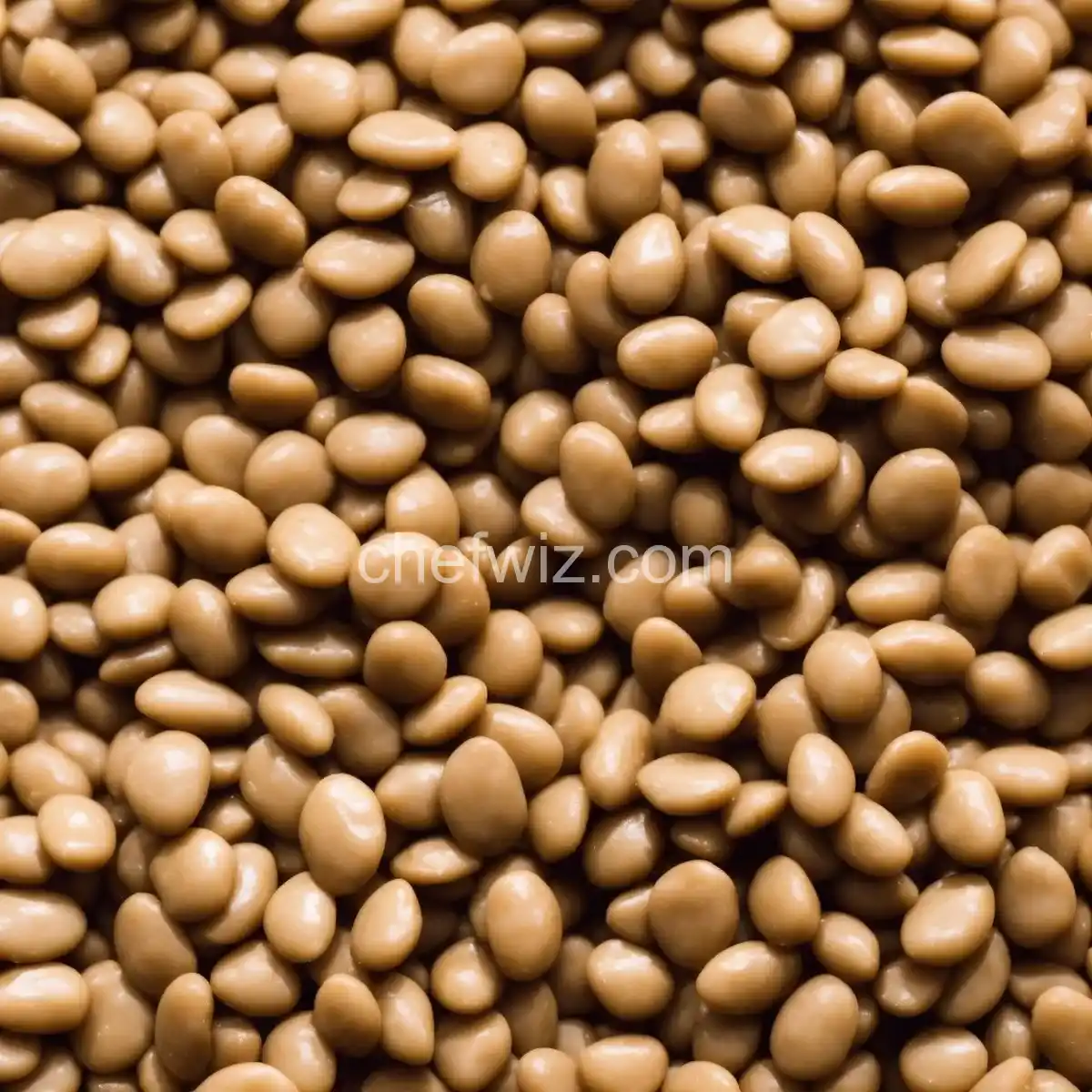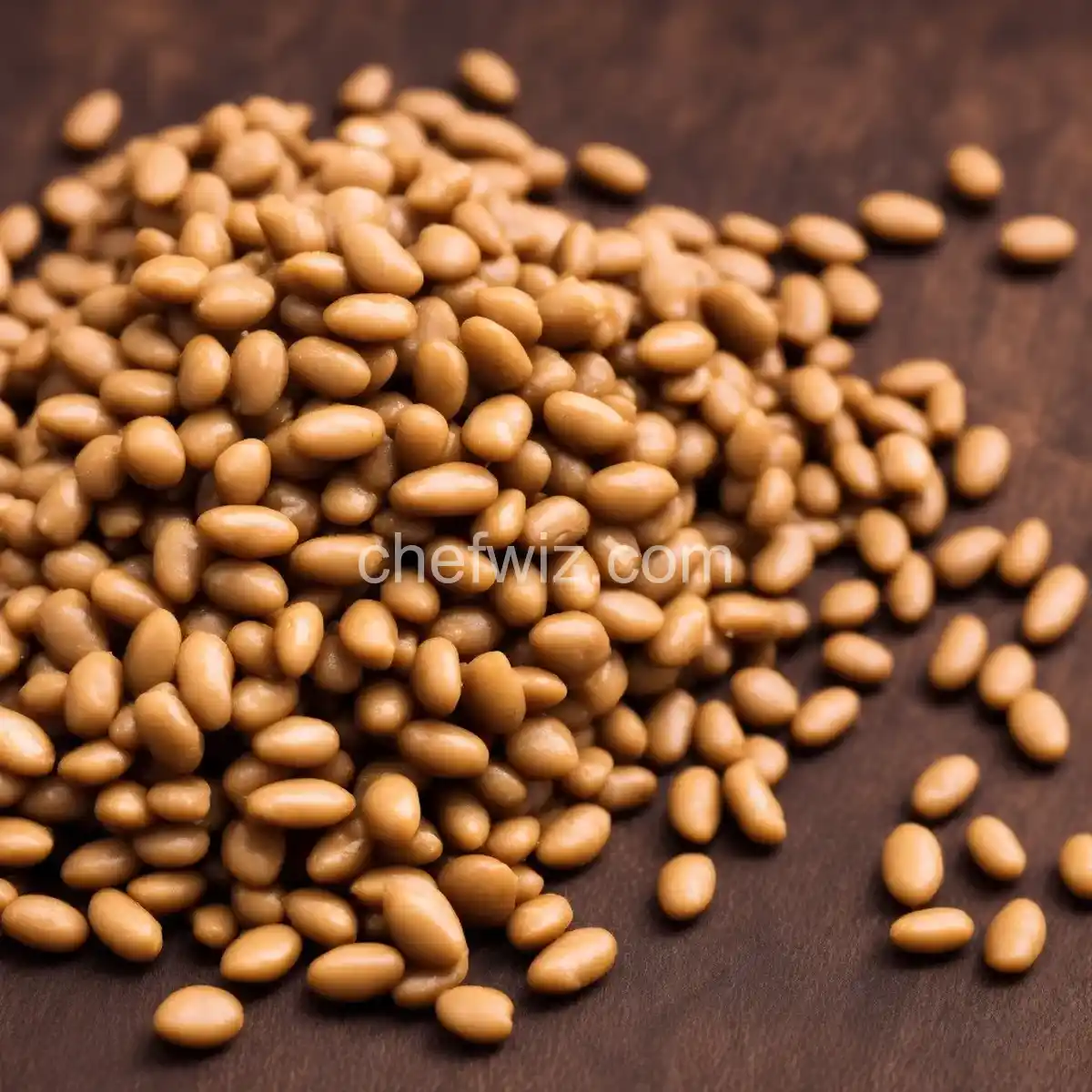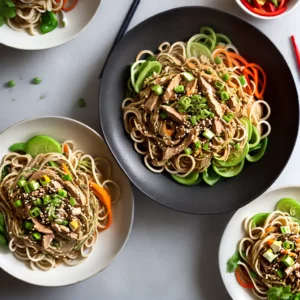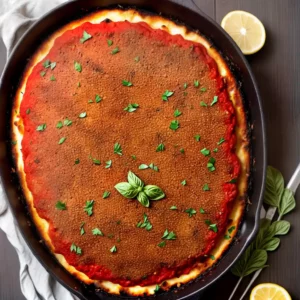Cannellini Beans: The Versatile Legume You Need in Your Kitchen
When it comes to pantry staples, cannellini beans are a true champion. These small, creamy white beans are not only incredibly versatile but also packed with nutrition. Whether you’re a seasoned cook or a beginner in the kitchen, cannellini beans are a must-have ingredient that can elevate your dishes to new heights. So, let’s dive into the world of cannellini beans and explore why they should be a staple in your kitchen.
The Creamy Powerhouse
Cannellini beans are known for their creamy texture and mild, nutty flavor. They are a type of white kidney bean, similar to the pinto or navy beans. These beans have a smooth, velvety consistency that makes them perfect for soups, stews, dips, and salads.
But what sets cannellini beans apart from other legumes is their versatility. They can effortlessly adapt to various flavors and cuisines, making them an excellent choice for both hearty winter dishes and light summer salads. Whether you’re craving a comforting bowl of chili or a refreshing bean salad, cannellini beans have got you covered.
Nutritional Powerhouse
Not only are cannellini beans delicious, but they also pack a punch when it comes to nutrition. These little legumes are an excellent source of plant-based protein, fiber, and essential minerals. Just a single cup of cooked cannellini beans provides you with a hefty dose of protein, keeping you feeling full and satisfied.
Furthermore, cannellini beans are rich in iron, magnesium, and potassium. Iron is essential for healthy blood circulation, while magnesium and potassium play a crucial role in maintaining heart health. By incorporating cannellini beans into your diet, you’re not only satisfying your taste buds but also nourishing your body with essential nutrients.
Cooking with Cannellini Beans
Now that we know the nutritional value and versatility of cannellini beans, let’s explore some exciting ways to use them in your cooking. From comforting soups to vibrant salads, the possibilities are endless.
1. Creamy White Bean Soup
There’s nothing quite as comforting as a warm bowl of soup on a chilly day. Cannellini beans can be the star of the show in a creamy white bean soup. Simply blend cooked cannellini beans with aromatic vegetables, herbs, and vegetable broth for a velvety, satisfying soup.
2. Tuscan Bean Salad
For a refreshing and vibrant salad, toss cooked cannellini beans with fresh tomatoes, cucumbers, red onions, and a zesty lemon dressing. This Tuscan-inspired bean salad is not only delicious but also packed with nutrients.
3. Bean Dip
Looking for a crowd-pleasing dip for your next gathering? Look no further than a creamy cannellini bean dip. Simply blend cooked cannellini beans with garlic, lemon juice, olive oil, and your favorite herbs for a dip that will have everyone coming back for more.
4. Bean Burgers
If you’re looking for a plant-based alternative to traditional burgers, cannellini beans can be your secret weapon. Mash cooked cannellini beans with breadcrumbs, onions, and spices, then shape into patties and cook until golden brown. Serve on a bun with your favorite toppings, and you’ve got yourself a delicious and nutritious bean burger.
FAQs about Cannellini Beans
Q: Are cannellini beans and navy beans the same?
No, cannellini beans and navy beans are different varieties of white beans. While they may look similar, they have slight differences in texture and flavor.
Q: Can I substitute cannellini beans with other beans in recipes?
Absolutely! While cannellini beans have a unique creamy texture, you can substitute them with other white beans like navy beans or Great Northern beans in most recipes.
Q: Do I need to soak cannellini beans before cooking?
Soaking cannellini beans overnight can help reduce cooking time, but it’s not necessary. You can also use the quick-soak method by bringing the beans to a boil, then letting them sit for an hour before cooking.
Q: Can I freeze cooked cannellini beans?
Yes, you can freeze cooked cannellini beans for later use. Simply let them cool, portion them into freezer-safe containers, and store them in the freezer for up to three months.
Q: Are canned cannellini beans as nutritious as dried beans?
Canned cannellini beans are a convenient option, but they may have added sodium. If you opt for canned beans, look for low-sodium options or rinse them thoroughly before using to reduce the sodium content.
Q: Can I use cannellini beans in desserts?
While cannellini beans are not commonly used in desserts, their creamy texture can be a surprising addition to certain sweets. They can be used to make bean-based brownies, cookies, or even cheesecakes.
Q: Are cannellini beans gluten-free?
Yes, cannellini beans are naturally gluten-free, making them a great choice for individuals with gluten sensitivities or celiac disease.
Q: Can I sprout cannellini beans?
Yes, you can sprout cannellini beans by soaking them in water for several hours, then rinsing and draining them every few hours until sprouts appear. Sprouted cannellini beans can be a nutritious addition to salads and sandwiches.
In conclusion, cannellini beans are a versatile and nutritious ingredient that deserves a place in your pantry. From their creamy texture to their nutritional powerhouse, these beans can elevate your dishes and add a healthy twist to your meals. So, next time you’re looking for a legume that can do it all, reach for a can of cannellini beans and let your culinary creativity soar.
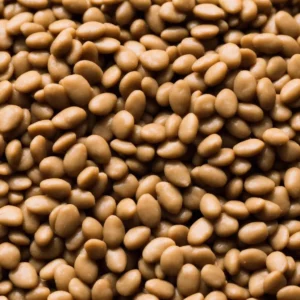
Cannellini Beans
Ingredients
- 2 cups of dried white kidney beans
- 2 shallots
- 1 bulb of garlic
- 1 fennel bulb
- 1 teaspoon of sea salt
- Freshly ground black pepper
- 1 piece of kombu , 3 inches long, rinsed (optional)*
- 1 tablespoon of extra-virgin olive oil
- 2 tablespoons of fresh lemon juice
- 1 bunch of Swiss chard
- Crusty bread
- 2 tablespoons of chopped parsley
- Pinch Pinch of red pepper flakes
Instructions
- Place the beans in a large bowl and remove any stones or debris.
- Cover the beans with 2 to 3 inches of water and discard any floating beans.
- Soak the beans at room temperature for 8 hours or overnight.
- Drain and rinse the beans well.
- Transfer the beans to a large pot and cover with 2 inches of water.
- Bring the water to a boil and then reduce the heat to simmer, leaving the pot uncovered.
- Skim off any foam that forms on the top.
- Add the shallots, garlic, fennel, salt, freshly ground black pepper, and kombu (if desired).
- Continue simmering the beans, stirring occasionally, until they are tender. This can take up to 2 hours, depending on the type and freshness of the beans.
- Check the beans every 30 minutes and add more water to the pot if needed.
- Once the beans are tender, remove the garlic, fennel stalks, and kombu from the pot.
- Discard the garlic papers and use the back of a knife to mash the soft garlic cloves into a paste. Return the paste to the pot.
- Stir in the olive oil and lemon juice, and season to taste.
- Add the chard leaves to the pot and cook until they are just wilted.
- Season to taste and serve the beans in bowls with drizzles
Related Recipes:
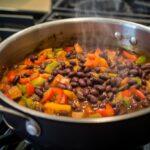 How to Cook Black Beans? (Perfect Step-By-Step Guide)
How to Cook Black Beans? (Perfect Step-By-Step Guide)
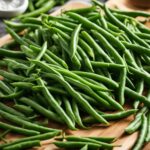 How to Freeze Green Beans for Best Quality
How to Freeze Green Beans for Best Quality
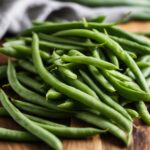 How to Tell if Green Beans Are Bad: Freshness Tips
How to Tell if Green Beans Are Bad: Freshness Tips
 Can You Freeze Garlic? Here’s How to Do It Right.
Can You Freeze Garlic? Here’s How to Do It Right.
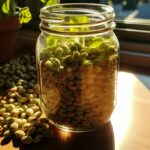 How to Sprout Legumes? (Perfect Every Time!)
How to Sprout Legumes? (Perfect Every Time!)
 Savory Whole Chicken Crock Pot Recipe You’ll Love!
Savory Whole Chicken Crock Pot Recipe You’ll Love!
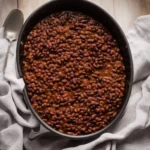 Instant Pot Black Beans
Instant Pot Black Beans
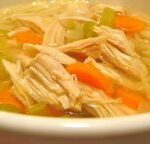 chicken
chicken

